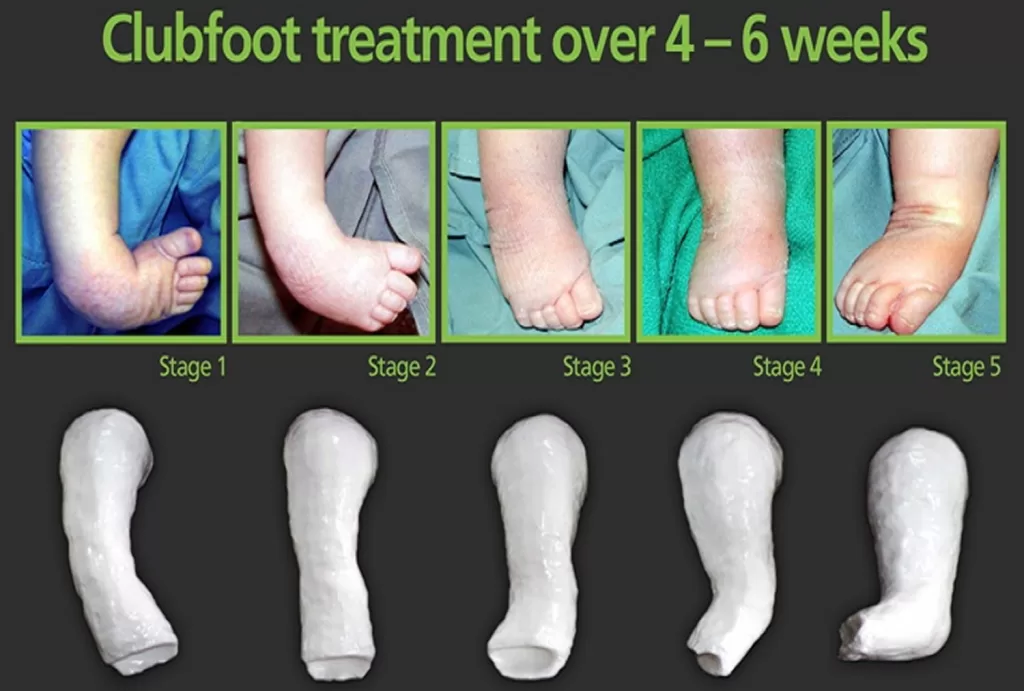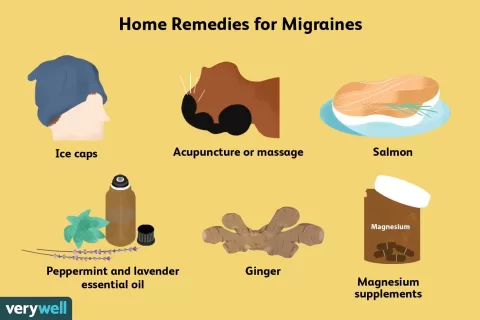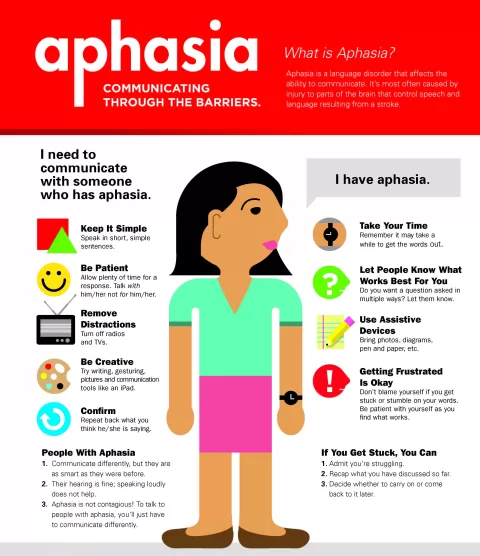Club foot treatment has evolved significantly over the years, providing children with promising outcomes and improved quality of life. Historically characterized by invasive surgeries and extensive recovery times, today’s approaches leverage innovative clubfoot treatment methods like the Ponseti method, which is considered the gold standard. Recent advancements have introduced minimally invasive clubfoot surgery, which promises faster recovery and reduced complications. Additionally, the incorporation of custom orthotics through technologies such as 3D printing is demonstrating substantial benefits in comfort and effectiveness. With a focus on long-term outcomes in club foot care, researchers are working diligently to refine these methods for better results.
When discussing the management of clubfoot, various terms and concepts come into play, including congenital talipes equinovarus and its associated therapies. This condition presents challenges that require a multifaceted approach, integrating both traditional techniques and modern innovations. The landscape of treatment encompasses an array of strategies such as the renowned Ponseti method, which is frequently paired with custom orthotic devices designed for the unique contours of each patient’s feet. Additionally, emerging trends in minimally invasive techniques are reshaping how clinicians address this deformity, offering new hope for improved patient satisfaction and functional outcomes. By exploring these diverse aspects, we gain deeper insights into the evolving practices related to effective clubfoot care.
Overview of Club Foot Treatment Options
Clubfoot treatment has evolved significantly over the years, with various options available depending on the severity and specifics of the case. The primary approaches to managing clubfoot include conservative methods like the Ponseti method, which involves gentle manipulation and casting, and more invasive techniques like traditional surgery. These treatment options aim to address the foot’s abnormal positioning and ensure the child can lead a normal, healthy life. Depending on the complexity of the case, healthcare professionals may recommend a combination of therapies to achieve optimal results.
In addition to the Ponseti method, advancements in other treatment modalities have emerged, including minimally invasive clubfoot surgery and the development of custom orthotics. Each of these options presents unique advantages, often tailored to the specific needs of the child. For instance, custom orthotics can provide better support and comfort, minimizing the risk of recurrence. As research progresses, it is crucial to consider the long-term outcomes associated with these varying treatment options to ensure sustained success for patients.
Understanding the Ponseti Method in Club Foot Treatment
The Ponseti method has garnered recognition as the gold standard in clubfoot management due to its high success rates and non-invasive nature. This technique involves gently stretching and manipulating the foot into a corrected position, followed by the application of a series of casts. Recent research has highlighted enhancements in the application of the Ponseti method that improve brace compliance, which is a critical factor for maintaining the correction achieved through casting. By engaging patients’ families in the treatment process, healthcare providers can ensure that families understand the importance of follow-up care and adherence to bracing protocols.
Moreover, emerging studies have shown that modifying casting protocols—such as adjusting the frequency and duration of casts—can potentially enhance the Ponseti method’s effectiveness even further. Research suggests that early and consistent application of these techniques leads to better long-term outcomes. The continued emphasis on educational initiatives around the Ponseti method plays a vital role in empowering parents and caregivers, which directly translates into higher treatment success rates and improved quality of life for children.
The Role of Custom Orthotics in Clubfoot Management
The integration of custom orthotics into clubfoot treatment represents a significant advancement in the field. Custom orthotics, designed using modern technology and advanced materials, ensure a perfect fit for the unique contours of each child’s foot. A recent study has shown that children wearing custom orthotic devices experience improved comfort and therapeutic outcomes compared to traditional casts and braces. This personalization not only enhances the child’s physical well-being but also contributes to greater adherence to prescribed treatment plans.
Additionally, the use of 3D printing technology has revolutionized the creation of custom orthotics, allowing for rapid production and adjustments based on the child’s growth or changes in foot structure. This technological progression enables a more dynamic and responsive approach to managing clubfoot, significantly improving patients’ satisfaction. By leveraging custom orthotics in treatment regimens, healthcare providers can foster more significant engagement from families, which is essential for achieving positive long-term effects in clubfoot management.
Minimally Invasive Techniques for Clubfoot Treatment
Minimally invasive techniques have emerged as a transformative approach to clubfoot treatment, promising less trauma and faster recovery times compared to traditional surgeries. These techniques involve smaller incisions and the use of specialized instruments to correct foot deformities, which not only limits tissue damage but also enhances patient comfort during recovery. Recent publications in professional journals have reported substantial improvements in post-operative outcomes, demonstrating the effectiveness of these methods in significantly reducing complication rates.
The popularity of minimally invasive procedures is rising among pediatric orthopedic surgeons, driven by their potential for improved healing and overall patient satisfaction. Current research continues to explore the best practices within this domain, aiming to refine these techniques to maximize their effectiveness. As more healthcare professionals adopt minimally invasive approaches for clubfoot correction, patient outcomes are likely to continue improving, providing hope for families impacted by this condition.
Long-Term Outcomes in Clubfoot Treatment: What the Research Indicates
Long-term outcomes for individuals treated for clubfoot are increasingly becoming a focal point in research, with studies indicating significant benefits for those who undergo comprehensive management strategies. Recent cohort studies comparing patients treated with the Ponseti method versus traditional surgical techniques have shown that those using Ponseti tend to report better quality of life and mobility over extended periods. These findings underscore the importance of not only immediate corrective measures but also the long-term implications of treatment choices made early in life.
Furthermore, the holistic assessment of long-term outcomes encompasses various factors, including physical health, emotional well-being, and social integration. Investigative efforts continue to focus on these aspects, aiming to form a better understanding of how different treatment methods sustain or enhance a child’s quality of life as they grow into adulthood. Continued research in this area is critical to informing best practices, ensuring that children diagnosed with clubfoot receive the most effective, enduring treatment available.
Frequently Asked Questions
What are the current clubfoot treatment methods available today?
Current clubfoot treatment methods primarily include the Ponseti method, minimally invasive clubfoot surgery, and custom orthotics. The Ponseti method is recognized as the gold standard, focusing on gentle manipulation and casting. Minimally invasive techniques have recently gained attention for their quicker recovery times, and custom orthotics, often developed using 3D printing, cater to the unique needs of each child.
How effective is the Ponseti method for clubfoot treatment?
The Ponseti method is highly effective for clubfoot treatment, with studies demonstrating improved long-term outcomes compared to traditional surgical methods. Enhancements to bracing protocols in ongoing research have further increased brace compliance, crucial for maintaining the correction achieved through this method. Long-term analyses continue to support the success of the Ponseti method in providing a good quality of life for affected individuals.
What are the benefits of minimally invasive clubfoot surgery?
Minimally invasive clubfoot surgery offers several benefits, including reduced recovery times and fewer complications than traditional surgery. By utilizing small incisions and specialized tools, surgeons can correct clubfoot without extensive tissue trauma, leading to quicker rehabilitation and higher patient satisfaction.
How are custom orthotics used in clubfoot treatment?
Custom orthotics play a crucial role in clubfoot treatment by providing tailored support to the child’s foot structure. Innovations such as 3D printing have enhanced the effectiveness of these devices, resulting in improved comfort and better treatment outcomes, as they fit the unique contours of each child’s foot.
What do long-term outcomes for clubfoot treatment look like?
Long-term outcomes for clubfoot treatment, particularly with the Ponseti method, are generally positive. Research indicates that patients treated with this method experience better mobility and quality of life compared to those who have undergone traditional surgical interventions. Ongoing studies focus on understanding the broader impacts on physical, psychological, and social well-being for individuals affected by clubfoot.
| Key Aspects | Current Trends | Impact | Future Implications |
|---|---|---|---|
| Minimally Invasive Techniques | Rise of percutaneous procedures reducing recovery time. | Less tissue trauma correlating with quicker recovery and higher satisfaction. | Potential for widespread adoption in clinical practices. |
| Enhanced Ponseti Method | Modifications to casting and bracing improving compliance. | Higher success rates in maintaining foot alignment post-treatment. | Continued refinement of methods leading to improved patient education and support. |
| Integration of 3D Printing | Custom orthotics created for individual needs. | Enhanced comfort and effectiveness, reducing costs. | Future custom devices may become standard practice in orthotic fittings. |
| Genetic Research | Exploration of genetic predispositions to clubfoot. | Potential for preventive therapies based on genetic insights. | Transformative approaches to prevention and early intervention strategies. |
| Long-Term Outcomes Studies | Focus on quality of life post-treatment. | Better physical and emotional outcomes in patients using Ponseti method. | Research will drive patient-centered care models and policies. |
Summary
Club foot treatment has evolved significantly with the latest research trends contributing to more effective methods of managing this congenital deformity. By embracing minimally invasive techniques, enhancing the Ponseti method, utilizing 3D printing for custom orthotics, and exploring genetic research, healthcare professionals are set to provide better outcomes for children affected by clubfoot. The focus on long-term quality of life further emphasizes the holistic approach to treatment, ensuring that as many aspects of the patient’s recovery and future well-being are prioritized. This growing body of research not only improves immediate treatment solutions but also fosters a sustainable improvement in the quality of life for those living with clubfoot.
The content provided on this blog (e.g., symptom descriptions, health tips, or general advice) is for informational purposes only and is not a substitute for professional medical advice, diagnosis, or treatment. Always seek the guidance of your physician or other qualified healthcare provider with any questions you may have regarding a medical condition. Never disregard professional medical advice or delay seeking it because of something you have read on this website. If you believe you may have a medical emergency, call your doctor or emergency services immediately. Reliance on any information provided by this blog is solely at your own risk.








